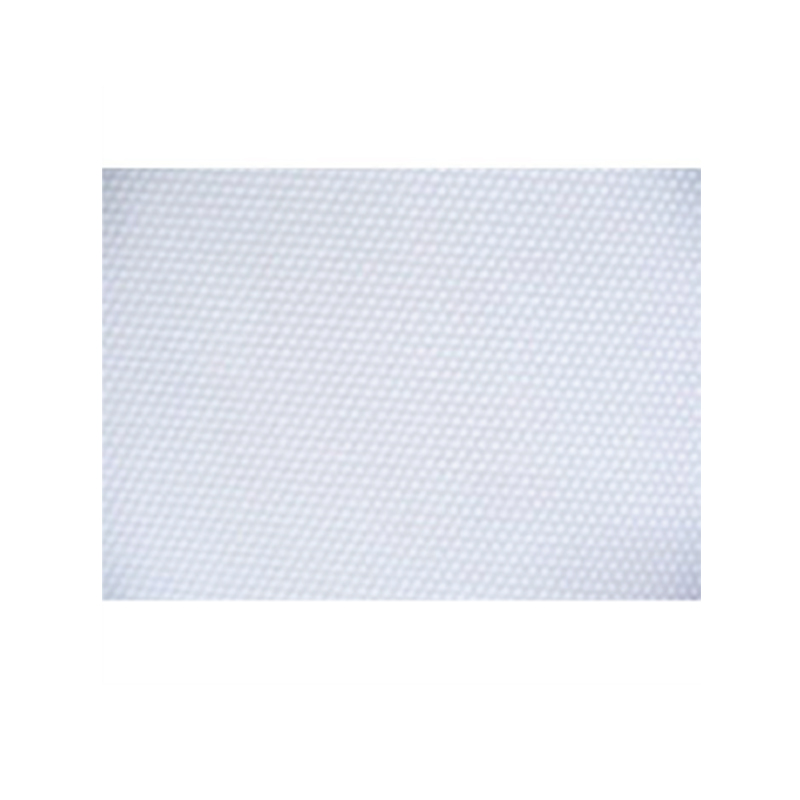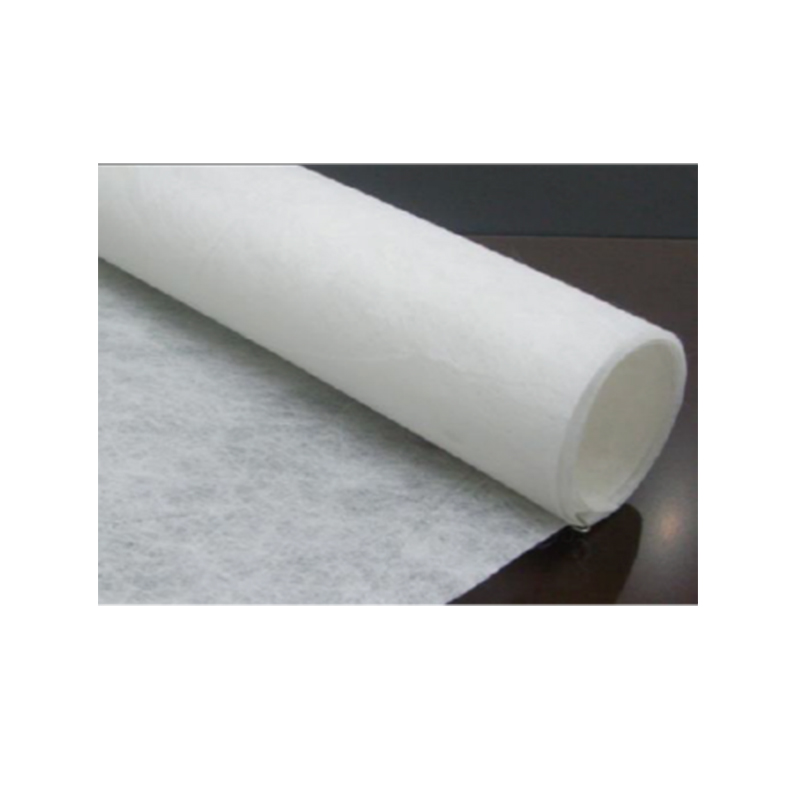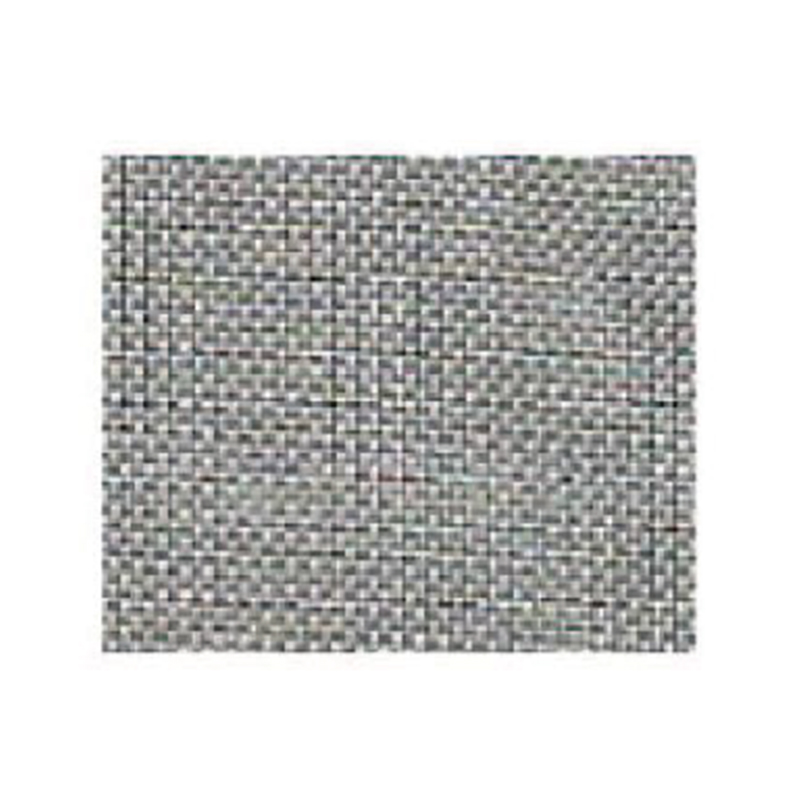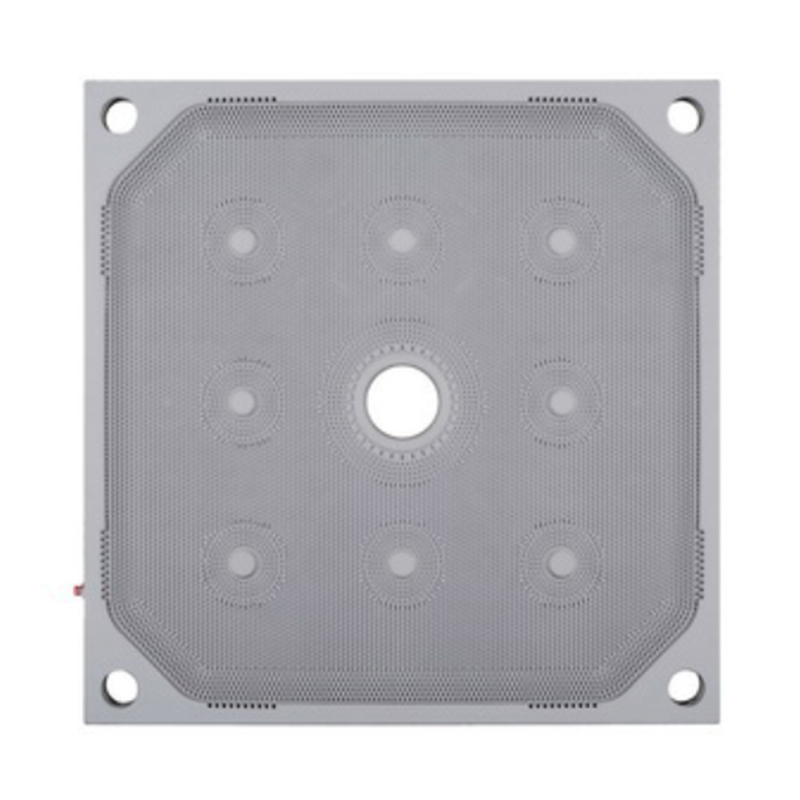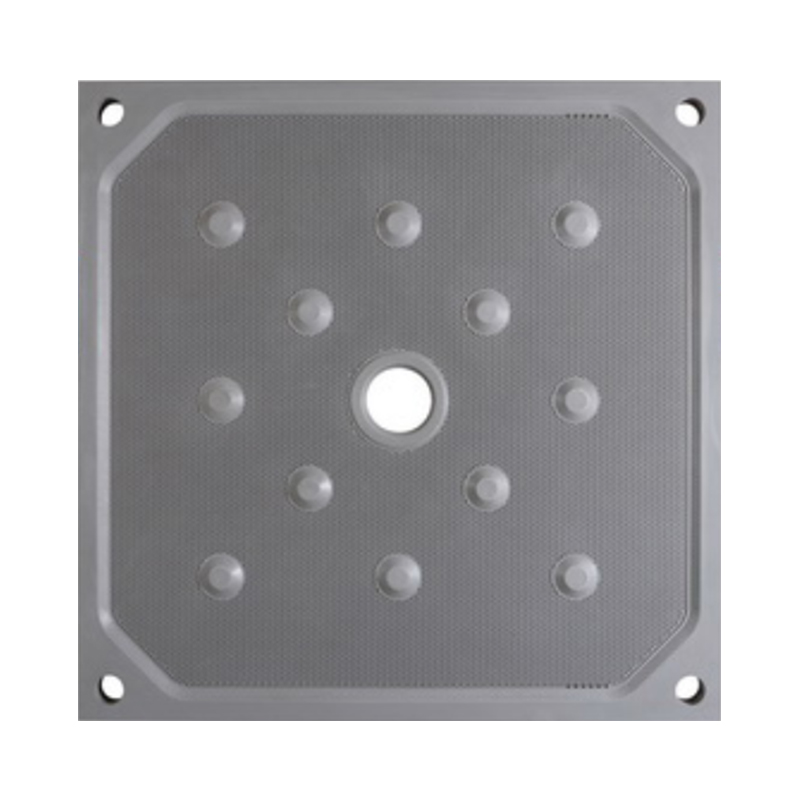How to improve the operating efficiency and energy saving of filter press
 2025.07.14
2025.07.14
 Industry News
Industry News
1. Optimize the feeding method
Feed pressure control:
The feed pressure of the filter press directly affects the filtration rate and filter cake quality. If the feed pressure is too high, it will cause excessive expansion of the filter cloth, increase the wear of the filter cloth and may cause damage to the filter plate; if the feed pressure is too low, the flow of the filtered liquid will be restricted, resulting in slow filtration speed and poor filtration effect. The optimal feed pressure should be adjusted according to the characteristics of the material. For example, when processing materials with high viscosity or high solid content, the feed pressure can be appropriately increased, while for liquids with low solid content and low viscosity, the feed pressure can be reduced. Modern filter presses are usually equipped with an automated pressure control system to adjust the feed pressure according to real-time data to avoid misoperation caused by manual intervention.
Uniform distribution of feed:
Irrational design of the feed system leads to uneven distribution of liquid, which will cause partial overload of the filter plate, underutilization of some filter plates, and even local blockage, reducing the operating efficiency of the equipment. By optimizing the design of the feed pipeline, or introducing devices such as liquid distributors and feed distribution plates, ensure that the liquid can be evenly distributed to each filter chamber to avoid waste of resources caused by excessive local pressure. This not only improves the filtration rate, but also reduces the wear of the filter cloth and extends the service life of the equipment.
2. Choose the right filter cloth and filter material
Filter cloth selection:
Filter cloth is a key factor affecting filtration efficiency and filter cake quality. The material, pore size, weaving method, etc. of the filter cloth will have a significant impact on the filtration effect. Commonly used filter cloth materials include polyester (PET), polypropylene (PP), nylon (PA), etc. Different materials are suitable for different filter media. For example, polyester filter cloth is suitable for most chemical media, while polypropylene is more suitable for handling acidic and alkaline substances. The pore size of the filter cloth should be selected according to the size of the liquid particles. Usually, materials with larger particle sizes use filter cloths with larger pores, and fine particle liquids need to use filter cloths with small pores. In addition, the weaving method of the filter cloth (such as plain weave, twill, etc.) also has a great impact on the filtration rate and durability of the filter cloth. Choosing a suitable weaving method can improve the filtration efficiency.
Cleansing and maintenance of filter cloth:
The filter cloth will be blocked by solid particles and impurities during the filtration process. Regular cleaning of the filter cloth helps maintain the filtration efficiency. There are many cleaning methods, such as backwashing, ultrasonic cleaning, chemical cleaning, etc. Backwashing is a commonly used cleaning method. By flushing the filter cloth with reverse-flowing liquid, some solid matter on the surface of the filter cloth can be removed. If the backwashing effect is not obvious, ultrasonic cleaning or chemical cleaning can be considered to help clean more stubborn dirt. In addition, regularly check the wear and aging of the filter cloth. Once the filter cloth is damaged or blocked in a large area, it should be replaced in time to ensure the filtering effect.
3. Optimize the filtration cycle
Adjust the filtration cycle:
The length of the filtration cycle directly affects the efficiency of the entire filtration process. If the filtration cycle is too long, the filter cake will become too thick, increasing the burden on the filter press and may cause the filtrate flow rate to slow down; if the cycle is too short, it may cause incomplete filtration of the filtrate, and unfiltered solid matter will remain in the liquid, affecting the product quality. According to the actual liquid characteristics and processing volume, optimizing the time of each filtration cycle can not only improve the filtration efficiency, but also avoid unnecessary energy consumption. Usually, optimizing the filtration cycle requires experiments and experience accumulation to find the best filtration time and interval.
Control the thickness of the filter cake: The thickness of the filter cake directly affects the filtration efficiency and the subsequent pressing process. A too thin filter cake may not be able to completely filter all impurities in the liquid, resulting in residual solid particles in the liquid; while a too thick filter cake will increase the pressure difference required in the filtration process, resulting in excessive energy waste. Therefore, it is necessary to control the thickness of the filter cake according to the properties of the filtered material and production requirements. Reasonable filter cake thickness can not only increase the filtration rate, but also reduce equipment energy consumption and reduce filter cloth wear.
4. Increase the working pressure of the filter press
Increase the working pressure: Properly increasing the working pressure of the filter press can help increase the filtration rate, especially when dealing with materials with high solid content or high viscosity. By increasing the pressure, the compaction of the filter cake can be effectively improved, so that more liquid can be discharged, thereby speeding up the filtration process. When increasing the working pressure, it must be carefully controlled, because excessive pressure may cause the filter cloth to break or the equipment to be damaged, so it is necessary to set an appropriate pressure limit to ensure the safe operation of the equipment.
Optimize the pressure control system: An efficient pressure control system can monitor and adjust the system pressure in real time to ensure that it always remains within the optimal working range. As the properties of the feed liquid change or the filtration process changes, the automated pressure regulation system can flexibly adjust the pressure according to real-time data to avoid unnecessary energy waste due to excessively high pressure, and to avoid low filtration efficiency due to too low pressure.
5. Strengthen automated control
Automated monitoring system:
The introduction of an automated control system can monitor the changes in various parameters during the filtration process in real time, such as feed volume, feed pressure, filtrate flow, cake thickness, filter press working pressure, etc. After these data are analyzed by intelligent algorithms, the system parameters can be automatically adjusted to ensure that the filter press operates in the best state. For example, when the feed volume increases, the system can automatically adjust the feed pressure to keep the filtration speed unchanged. The automated control system can also perform fault diagnosis and alarm, detect equipment problems in time and deal with them, and avoid long-term inefficient operation.
Intelligent adjustment of the filtration process:
In some advanced filter press systems, in addition to basic automated monitoring, the intelligent control system can also combine historical data for prediction and automatically optimize the filtration process. Through machine learning algorithms, the system can gradually learn the best operating mode under different materials and working conditions, thereby gradually improving efficiency and reducing energy consumption during long-term operation.
6. Optimize the drainage and exhaust system
Drainage system design:
The design of the drainage system is crucial to improving filtration efficiency. The drainage system should try to avoid excessive flow resistance of the liquid, excessive pipe bending, loose joints, etc., because these factors will increase the flow resistance of the liquid, increase the burden on the pump, and increase energy consumption. Design a reasonable drainage pipeline to ensure that the liquid can be discharged smoothly, reduce the energy consumption of the pump, and improve the overall efficiency of the system.
Optimize the exhaust system:
The role of the exhaust system is particularly important under high-pressure operating conditions. During the filter press process, gas may accumulate in the filter plate. If the exhaust system is not properly designed, gas retention will increase the pressure difference, affect the compaction quality of the filter cake, and thus reduce the filtration efficiency. Therefore, designing a suitable exhaust pipeline to ensure that the gas can be discharged quickly is crucial to improving equipment efficiency.
7. Reasonably configure the working temperature of the filter press
The effect of temperature on filtration efficiency:
The temperature of the liquid has a significant effect on the filtration effect. Generally speaking, a moderate increase in temperature can reduce the viscosity of the liquid, thereby increasing the filtration rate. Especially when dealing with high-viscosity materials, slightly heating the liquid can make it more fluid, which helps to reduce pressure loss during the filtration process. However, if the temperature rises too fast or too high, it may damage the filter cloth and other equipment parts. The temperature control should be reasonably adjusted according to the characteristics of the liquid.
The impact of excessive temperature:
Although high temperature helps to improve the filtration efficiency, excessive temperature may cause the aging and wear of the filter cloth, and may even damage the sealing of the equipment. In order to avoid damage to the equipment caused by excessive temperature, the temperature limit must be set and an advanced temperature control system must be used for precise adjustment.

 English
English Español
Español हिंदी
हिंदी Tiếng Việt
Tiếng Việt




